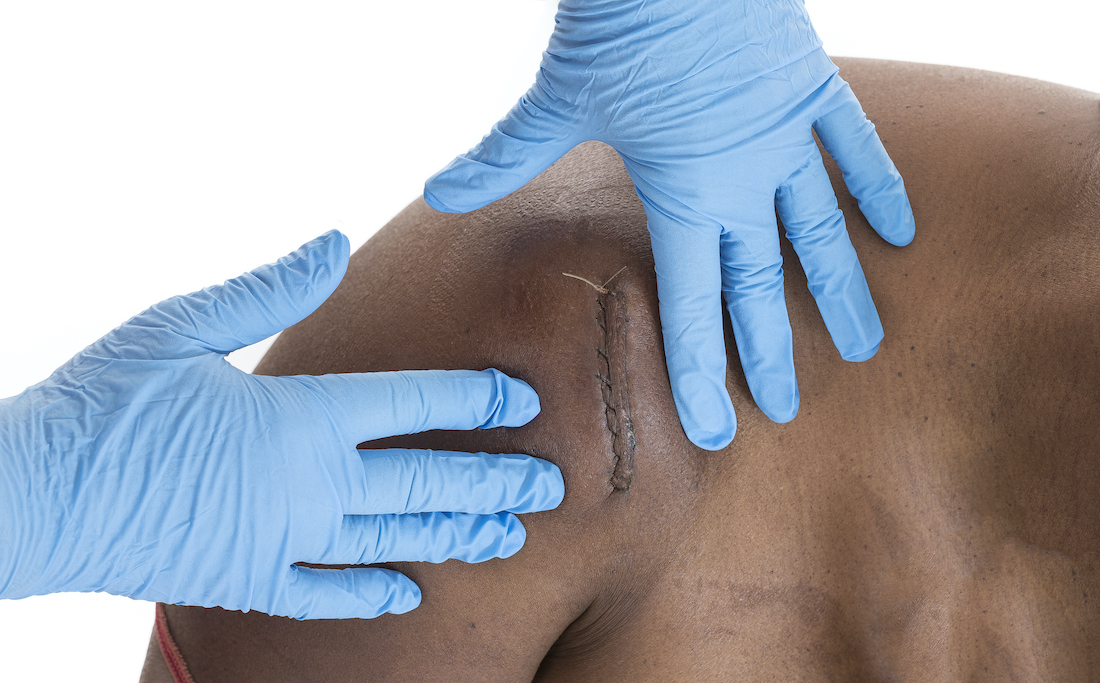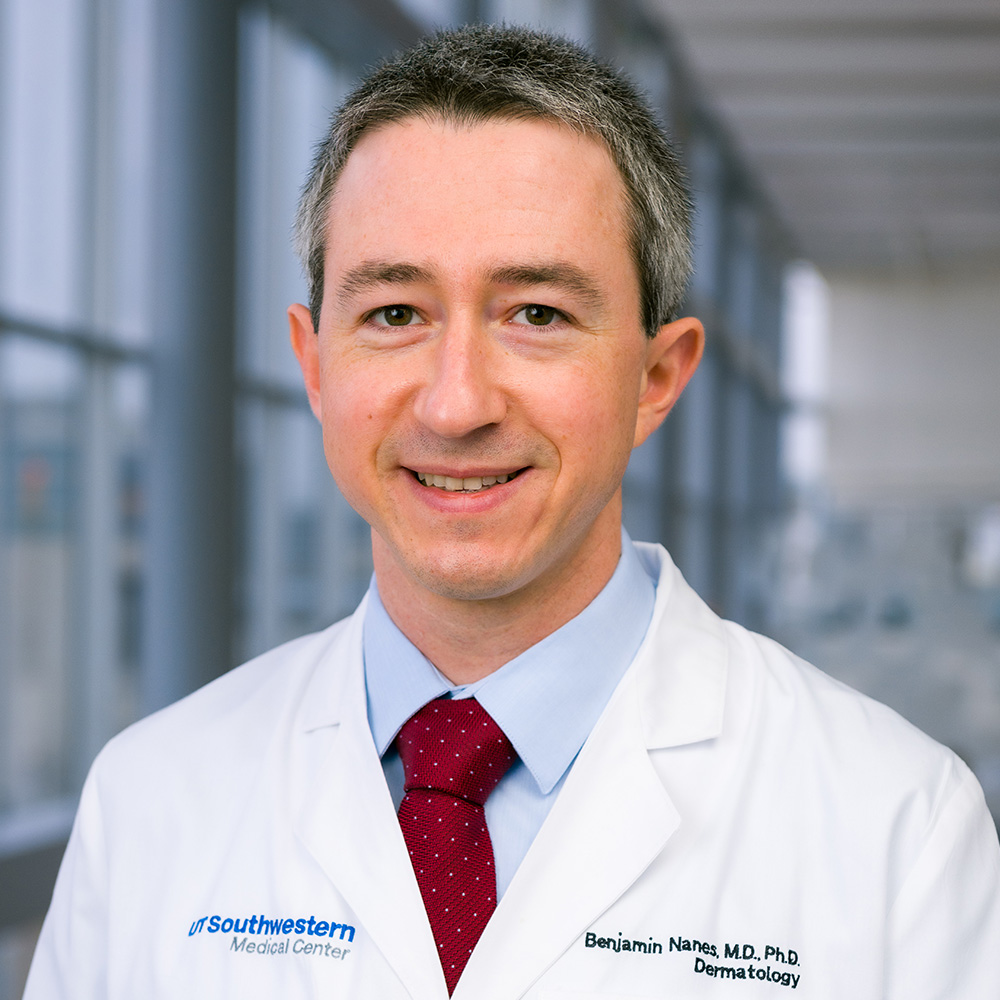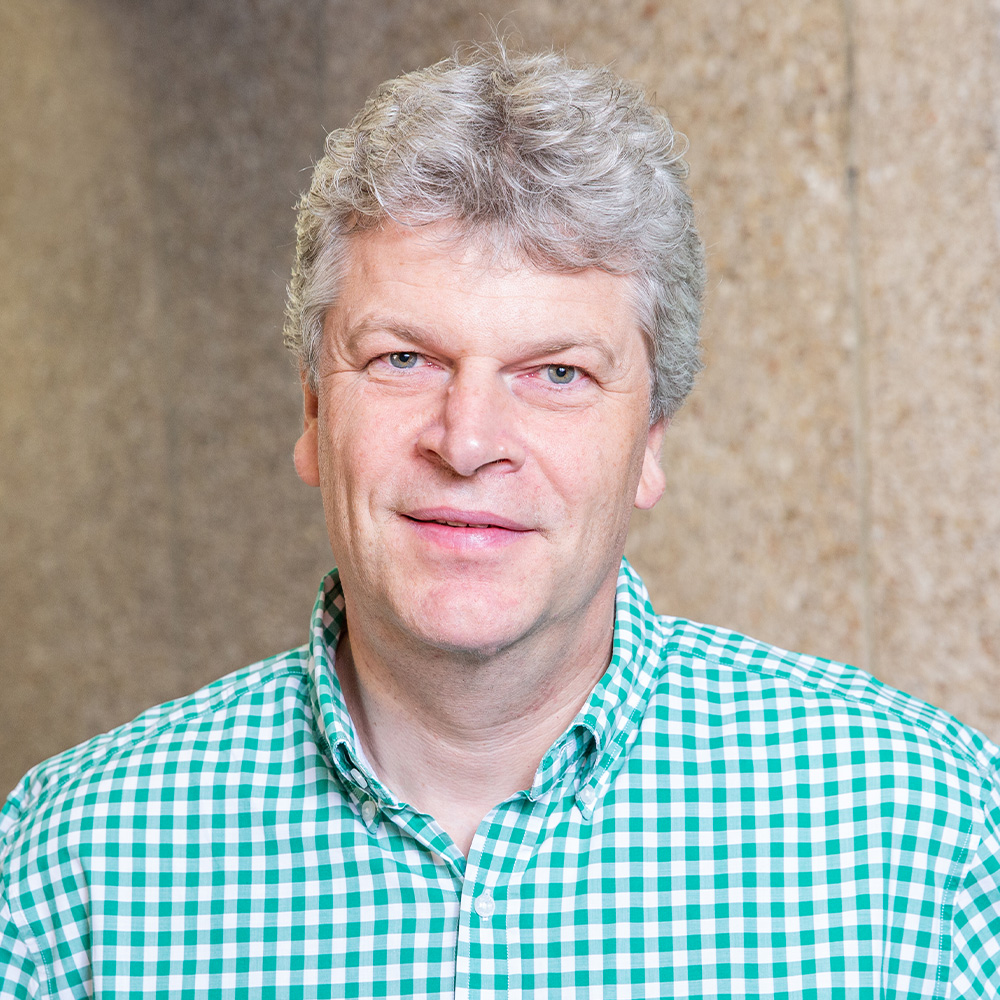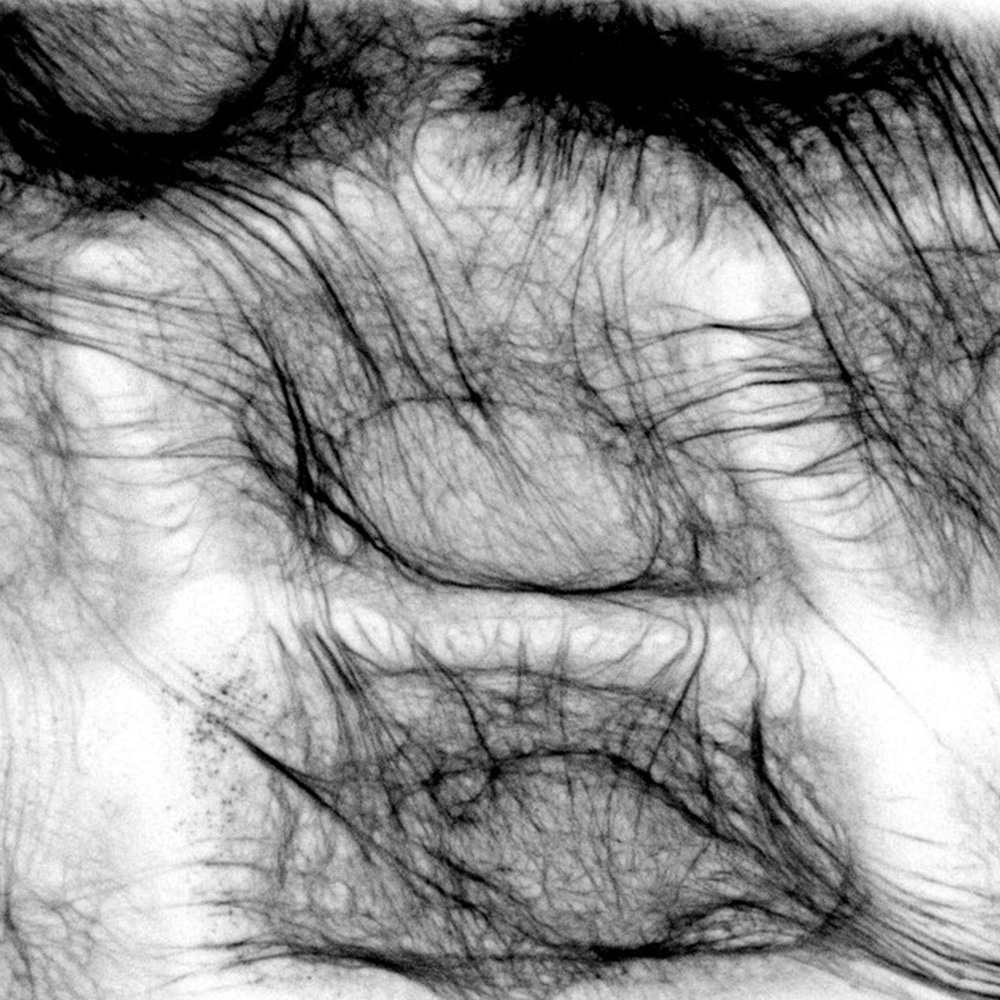Proteins for skin strength also control cell signaling
Keratin intermediate filaments appear to have dual role, UTSW study suggests

(Photo Credit: Getty Images)
DALLAS – Aug. 20, 2024 – An extensive family of proteins that gives human skin mechanical strength also appears to organize molecular signals that control skin cell activity, a study led by UT Southwestern Medical Center researchers shows. Their findings, published in Developmental Cell, could lead to new ways to fight a host of skin diseases, including ulcers and skin cancer.

“It’s never been clear why skin needs this many proteins and their complicated expression pattern just to provide mechanical strength. People have been very interested in what else these proteins might do, and we’re finally starting to get answers,” said first author Benjamin Nanes, M.D., Ph.D., Assistant Professor of Dermatology and in the Lyda Hill Department of Bioinformatics at UT Southwestern. Dr. Nanes led the study under the mentorship of Gaudenz Danuser, Ph.D., Chair and Professor of Bioinformatics and Professor of Cell Biology, who served as the study’s senior author.
Dr. Nanes explained that skin gets its mechanical strength from keratin intermediate filaments (KIFs), rope-like proteins that crisscross the interior of skin cells and form connections between cells. This family of proteins includes 54 members, which the cells produce in different combinations depending on circumstances. For example, when skin becomes wounded, it increases the abundance of KIFs known as K6A, K6B, K6C, K16, and K17 in higher proportions than other KIFs. However, because the skin’s strength remains roughly the same despite different circumstances, the need for so many different members in the KIF family and the way changes in their relative abundance affect processes like wound healing have been unclear.

Scientists often study the roles of specific proteins by mutating or deleting the gene responsible for making them. However, Dr. Nanes said, studying KIFs using this strategy would just weaken skin, making it impossible to separate their role in providing mechanical strength from other possible jobs they have. To avoid this drawback, he and his colleagues genetically engineered two batches of skin cells: one made more of the wound-associated KIF K6A and another made more of a KIF associated with intact skin, known as K5. After allowing these cells to grow into skin organoids that formed layers typical of natural skin, the researchers compared how the cells in each of these organoids behaved.
They found that the cells with higher K6A migrated more readily than cells with higher K5, allowing them to better close wounds generated in the skin organoids. However, cellular migration depends on different proteins called myosin motors that generate the forces needed for traction. The operation of myosin motors is not directly connected to KIFs.
Investigating further, the team showed that the relative abundance of K6A changed the operation of a molecular switch that activates myosin; more K6A triggered more myosin to turn on, which prompted cells to roam. Less K6A prevented these motors from starting.
Although it is not completely clear why K6A is able to switch on myosin more effectively, Dr. Danuser speculated that different KIFs might serve as venues where molecules involved in cellular control can congregate and form the complexes necessary to switch certain activities on or off.

“By acting as platforms on which different signaling molecules come together, KIFs could increase the chances that these molecules will meet to trigger various functions in cells,” he said.
Dr. Nanes plans to test this hypothesis in future studies and investigate other molecular switches that might rely on KIFs.
Author disclosures can be found in the manuscript.
Dr. Danuser holds the Patrick E. Haggerty Distinguished Chair in Basic Biomedical Science.
Other UTSW researchers who contributed to this study are Tadamoto Isogai, Ph.D., and Kevin Dean, Ph.D., Assistant Professors in the Lyda Hill Department of Bioinformatics; Kushal Bhatt, Ph.D., Research Scientist; Divya Rajendran, M.S., Research and Development Associate; and Sabahat Munawar, B.S., Research Assistant.
Dr. Nanes is supported by a Career Development Award from the Dermatology Foundation, the National Institutes of Health (T32AR065969), the UT Southwestern Physician Scientist Training Program, and the Foundation for Ichthyosis and Related Skin Types. Research in the Danuser Lab is supported by grants from the National Institute of General Medical Sciences (R35GM136428 and RM1GM145399 for dissemination of tools).
About UT Southwestern Medical Center
UT Southwestern, one of the nation’s premier academic medical centers, integrates pioneering biomedical research with exceptional clinical care and education. The institution’s faculty members have received six Nobel Prizes and include 25 members of the National Academy of Sciences, 22 members of the National Academy of Medicine, and 14 Howard Hughes Medical Institute Investigators. The full-time faculty of more than 3,200 is responsible for groundbreaking medical advances and is committed to translating science-driven research quickly to new clinical treatments. UT Southwestern physicians provide care in more than 80 specialties to more than 120,000 hospitalized patients, more than 360,000 emergency room cases, and oversee nearly 5 million outpatient visits a year.
